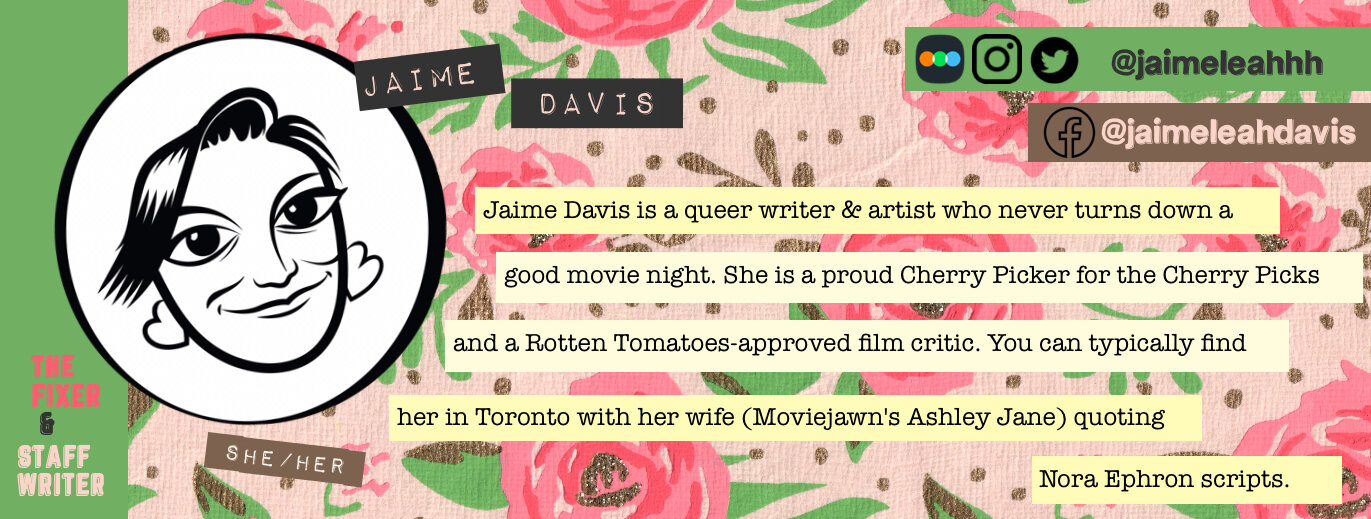Despite cracks in the surface, episodes 4-6 of PACHINKO are emotionally intoxicating
Created by Soo Hugh
Written by E.J. Koh and Soo Hugh (1.04), Franklin Jin Rho and Soo Hugh (1.05), and Lauren Yee and Soo Hugh (1.06)
Directed by Justin Chon
Starring Youn Yuh-jung, Kim Min-ha, Jin Ha, Lee Min-ho
Episodes 1-6 now streaming on AppleTV+; Episode 7 coming April 22nd
by Jaime Davis, Staff Writer
At the end of episode three, the main protagonist of Pachinko, Sunja, agrees to marry gentle pastor Isak Baek. While this will no doubt provide Sunja some much-needed security as she’s carrying the very married, and very scary Koh Hansu’s child, it comes with a price – she must leave the relative comfort of her mother and her village and move with Isak to Osaka, where he has accepted a position in a local church. By the start of episode four, Sunja begins preparations for her journey abroad while I started to prepare myself for what I knew would be an extremely emotional departure.
Episode four immediately made me think about my older relatives from Italy and Poland, who sacrificed so much of themselves to bring their families to the United States in the early 1900’s. While I’m not expressly comparing their situations to the struggles of Zainichi Koreans (those who immigrated to Japan prior to 1945 or who descended from those who immigrated during this time), watching Sunja say goodbye to loved ones, possibly for the last time and boarding a ship to a strange place where many may not want her, I thought of my family members. People who came to the US out of necessity, or because of high hopes, and were forced to shorten or change their names at Ellis Island before entering a country with a strange language and strange customs. What would it feel like to be so far from your home, knowing many do not accept you, knowing you may never see certain family members again? Sunja endures such a challenge, not because she’s brave - which she is - but as a sacrifice for her unborn child, who she vows to love and care for no matter what. Despite the poverty she lives in, the brutality in which Japan forced itself on Korea, and the condition women lived in as second class citizens, Sunja prevails. But I kept wondering - how would someone like Sunja feel getting on that boat, leaving the comfort of their mother, with a man she barely knew?
Now that I’m getting a little deeper into Pachinko the novel, I’ve noticed some key deviations from the book’s structure within the adaptation. What I’ve read so far follows a linear format, staying close to Sunja and allowing characters to (mostly) flow within her orbit. But the series operates a little differently, instead choosing to weave different timelines and storylines in and out. At the beginning of episode five, for example, we flip back and forth between Sunja in 1931 Osaka, as she descends on the city, and 1989 Busan, as Sunja returns back to Korea for the first time since she originally left. Minutes later, we follow Solomon, Sunja’s persistent grandson in Tokyo, out to a fancy engagement party for a fancy friend from school. A corporate raider, he’s in a bit of hot water at the moment after failing to close a major deal and struggles with both his identity and the notion that if he just makes enough money, he can transcend his Korean background.
While all of this is intriguing for sure, the person I want to see the most is Sunja, yet the TV show, up to this point, has spent a great deal of time on Solomon’s journey. In the first few episodes, I really enjoyed getting to know all of the characters, including Sunja’s grandson, however now that I’ve settled in more, I find his storylines a little less compelling and lacking an emotional center. While at times it feels as if Solomon is on his own journey of learning Great Life Lessons, by the end of episode six, he’s confronted by the mysterious gangster Mamoru Yoshii with what appears to be a mysterious proposition. At the same time, his missing ex-girlfriend Hana has turned up, dying of AIDS. The drama handed to Solomon hasn’t yet hooked me and despite Solomon’s own epic quest, as a child of imperialism and colonialism, I would much rather spend my time viewing this world through Sunja’s experiences. I understand why, perhaps, Solomon was given such prominence - educated in the United States, Solomon represents a more Western voice and is the mechanism to capture a more Western audiences. I just wish Sunja anchored the show as much as she centers the novel.
Another thing that immediately stuck out to me after reading a bit more through the book is the depiction of Sunja’s relationship with Koh Hansu. The TV show illustrates their love as a sweeping romance for the ages, however in the book Hansu is about 20 years older than Sunja and, to put it bluntly, appears to be grooming her. The adaptation doesn’t shy away from the fact that Hansu may not be an ideal partner for Sunja, but it’s much more subtle. The sweeter relationship, to me, is between Sunja and Isak. While episodes four and five definitely feature lovely moments between the two, their relationship unfolds quite quickly, breezing over some of their tenderness.
All of this is not to say that the adaptation isn’t still a joy to watch – it certainly is. Pachinko is one of the most emotionally wrenching stories I’ve ever read and watched. I wept my way through just about every minute of episode four! Justin Chon’s artful direction is in full effect here - his ability to use light to add additional shading to characters’ faces, illustrating the mix of complex emotions rumbling internally, is just gorgeous. The writing is every bit as fascinating, even for an English speaker like me, who’s only getting the English translation and not the full lushness of the Korean (or Japanese) dialogue. The entire ensemble, especially Kim Min-ha, Youn Yuh-jung, Steve Sang-Hyun Noh, and Inji Jeong convey so much joy and pain and everything in between. It’s some of the finest acting on screen of late. Pachinko is worth every minute of your time - but if you’re particularly attached to the book, you might want to check your expectations at the door. And if you haven’t yet read the book, you may want to read and watch together like I am, or read after watching.
One thought started to creep into my mind at the end of episode six - with only two episodes left in the series, how could it possibly wrap things up? Creator Soo Hugh envisions the show spanning four seasons in total - which is a relief because there are over 450 pages in this book! By episode six, it feels like the show has only just begun to scratch the surface. I’m hoping Apple announces season two soon, but in the meantime, I can’t wait to see what’s in store for episodes seven and eight.



